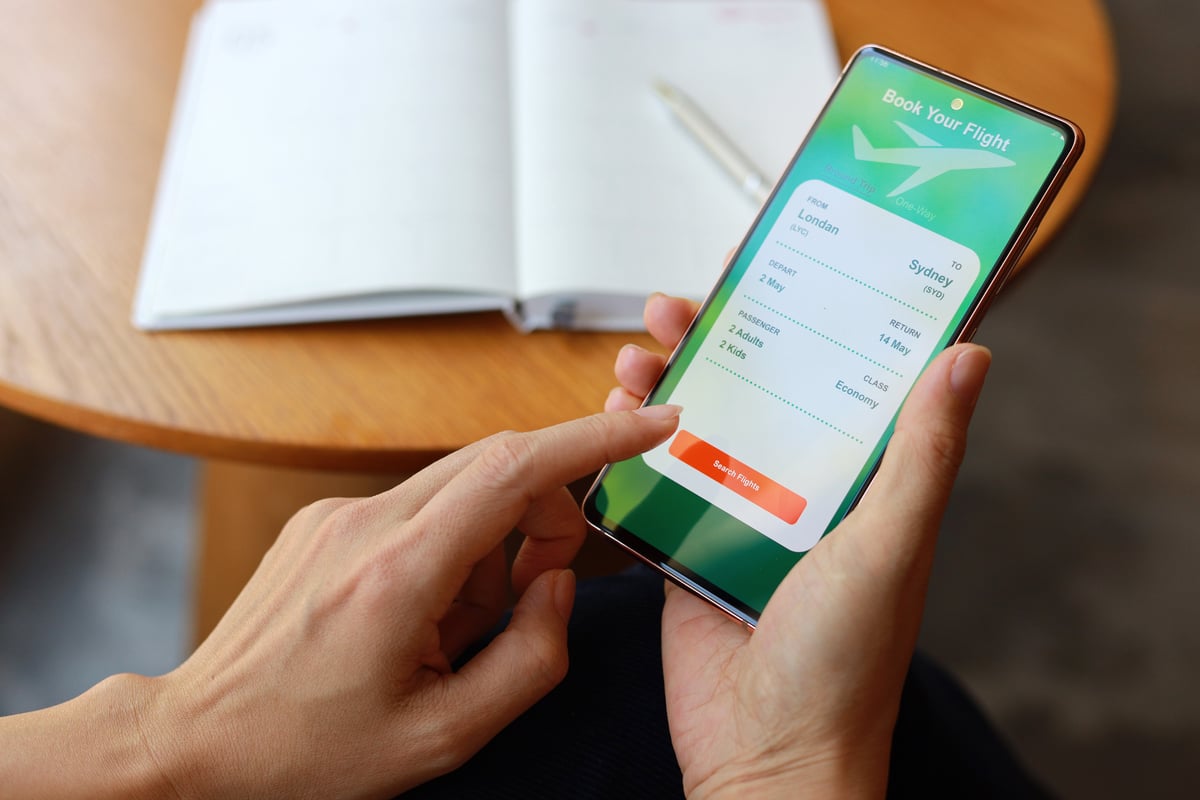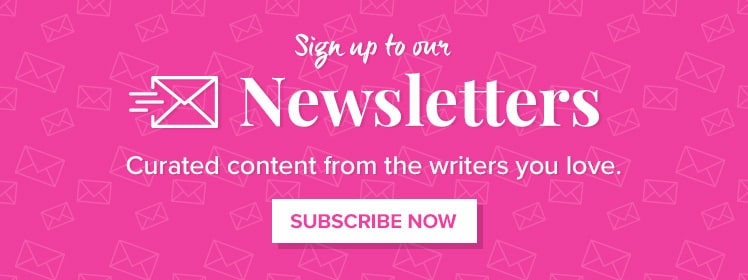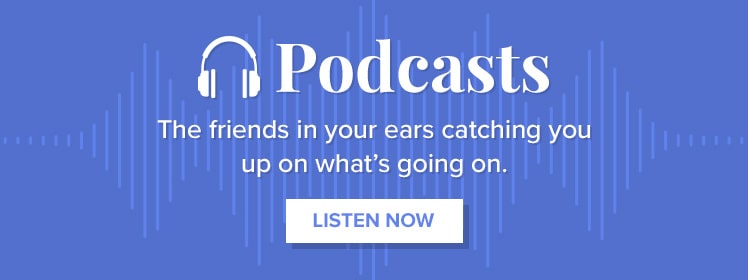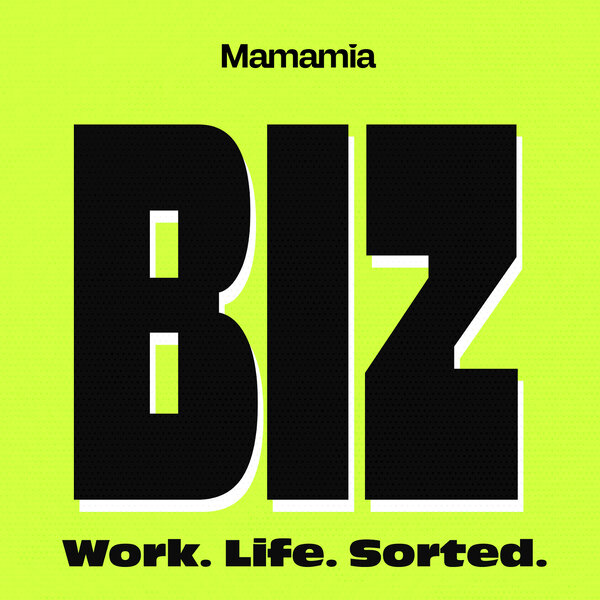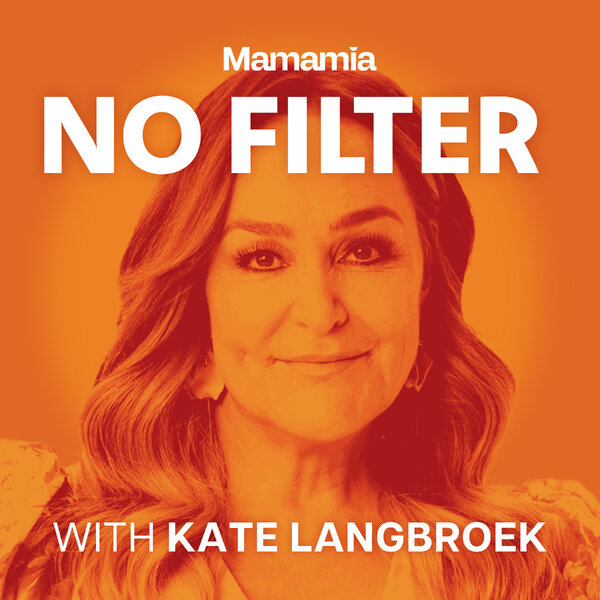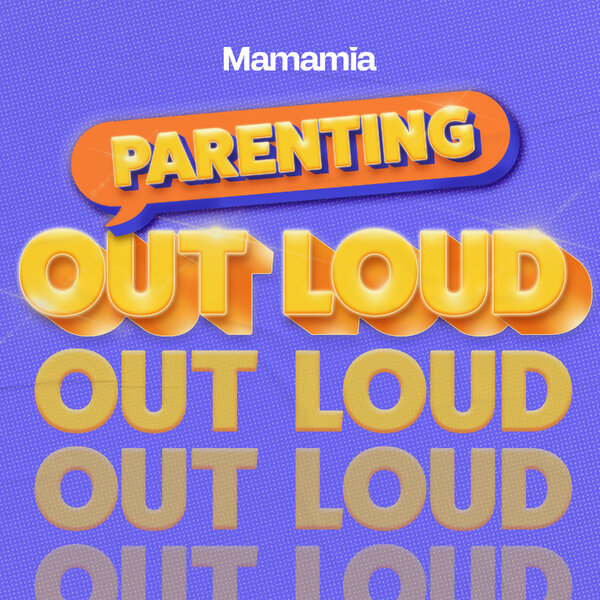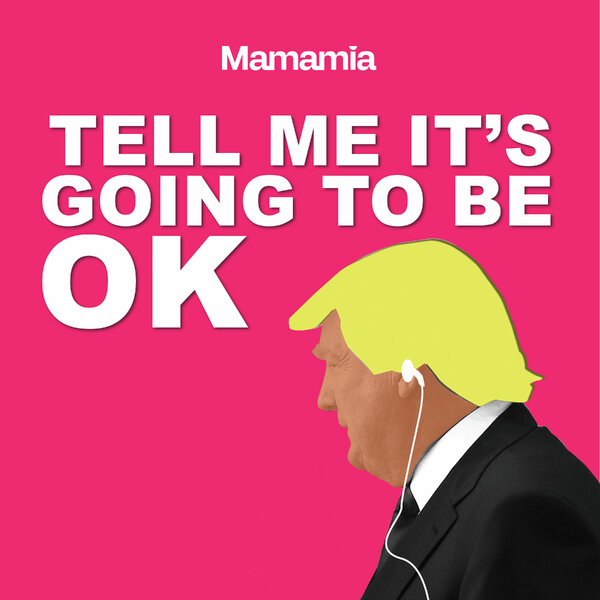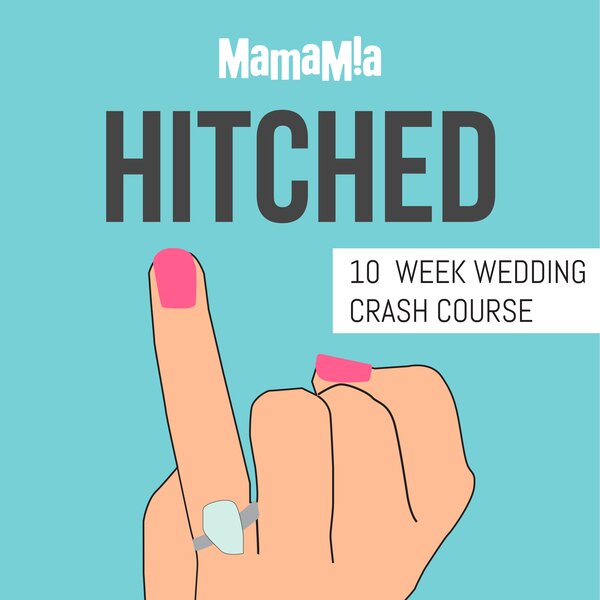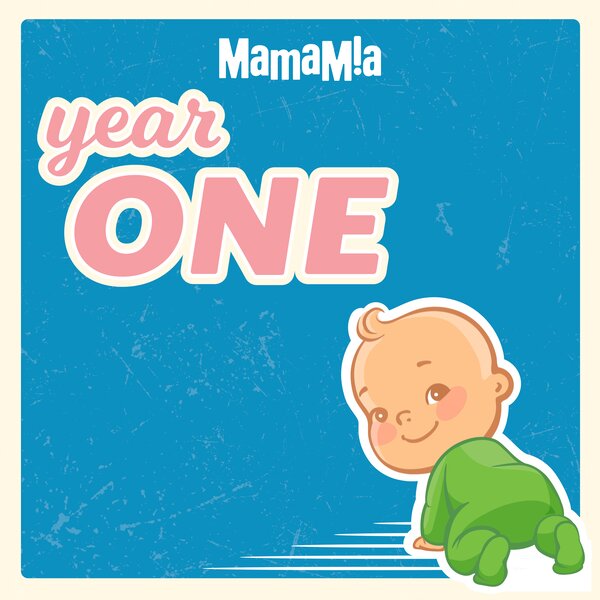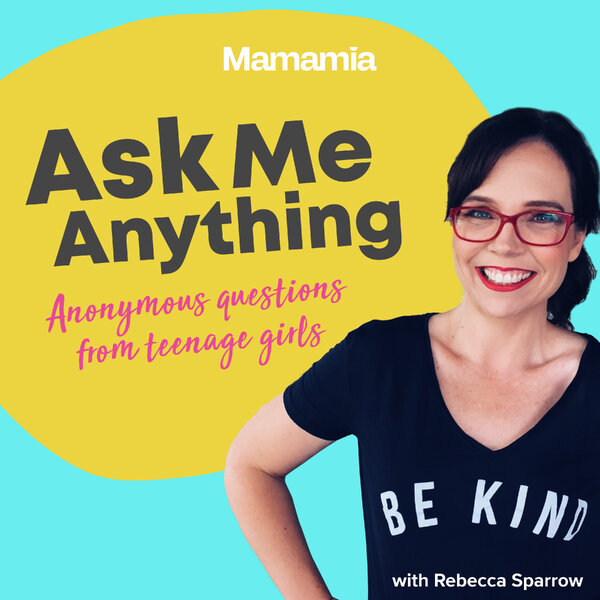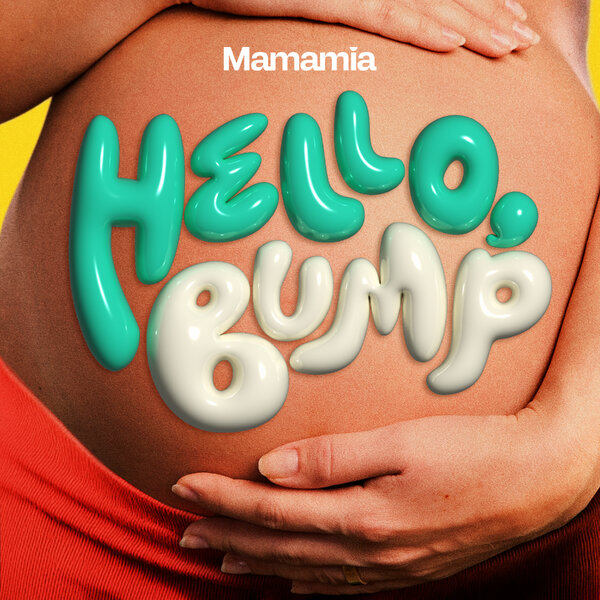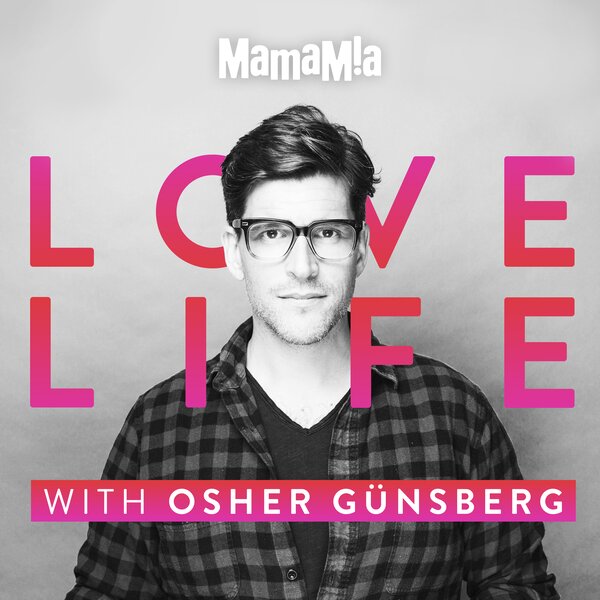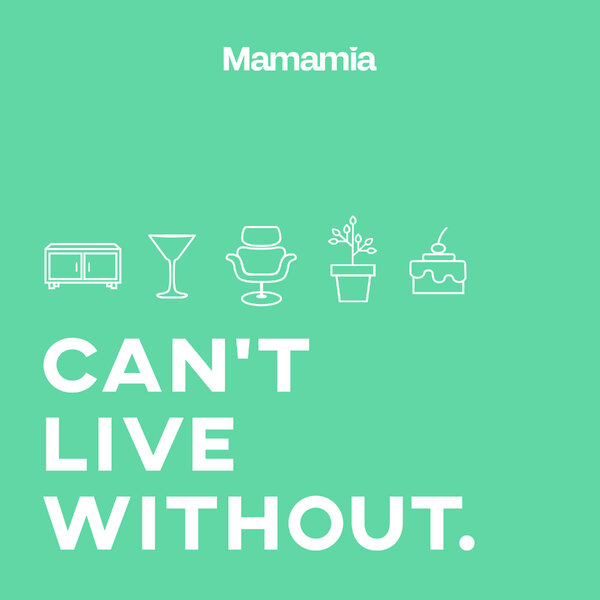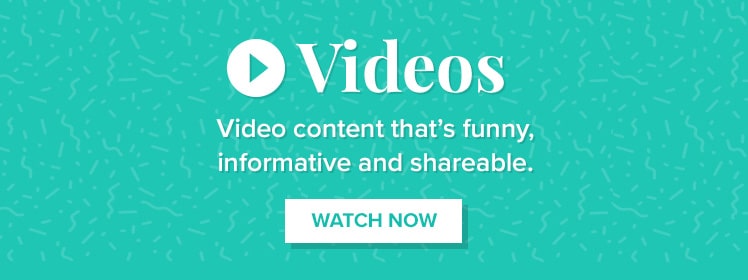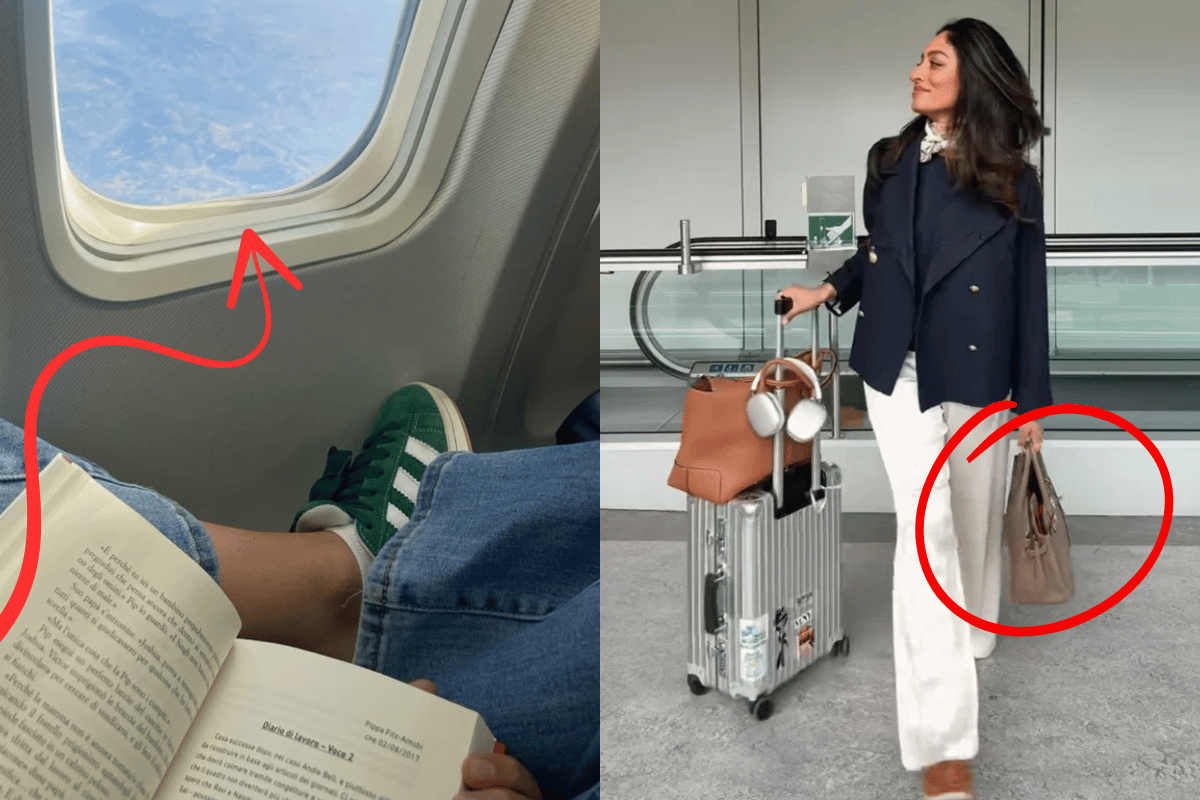
If you're planning your next holiday, we've got some news that will make your blood pressure spike faster than airline prices during school holidays.
New research shows airline booking sites are using sneaky psychological techniques that are costing Australian travellers an eye-watering average of $1,133 extra per booking.
And, well, isn't that just dandy?
A study by UX design agency Tenscope dug deep into the booking processes of major airlines and platforms and uncovered seven "dark patterns" that consistently influence customers.
Watch: Mamamia's etiquette guide to modern travel. Post continues after video.
The research looked at both domestic and international flights, and found these tactics are causing Australian travellers to pay an average of 81 per cent more.
In the most extreme cases, savvy Aussies could save over $1,500 on a single booking just by knowing how to avoid these techniques.
So, what exactly are these "dark patterns"? Allow us to explain.

